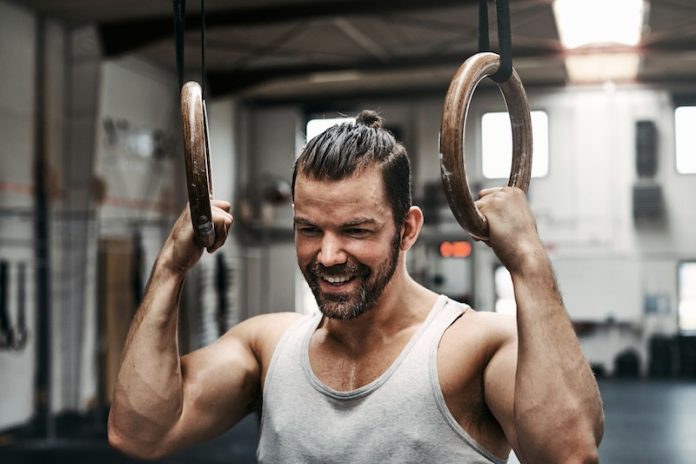
As people get older, they often notice they’re not as strong as they once were. Tasks that used to be easy—like lifting a box, standing up from a chair, or walking up stairs—start to take more effort.
Most of us think this is just a normal part of getting older, that our muscles naturally wear out and lose strength over time. But new research suggests that’s not the whole story.
A study from Ohio University has found that muscle weakness in older adults may not actually come from the muscles themselves. Instead, the real problem could be in the brain and nerves that control those muscles.
The study was led by scientist Brian Clark and included 66 volunteers in their 70s. The researchers wanted to find out whether the muscles of older adults were truly weaker—or if their brains just weren’t sending strong enough signals to those muscles.
The experiment started with simple strength tests. The participants were asked to push their leg muscles as hard as they could against resistance. This showed how strong each person appeared to be.
Then, the researchers used a special technique called electrical stimulation. This involved sending small, harmless electrical pulses directly to the muscles, causing them to contract even without help from the brain.
The idea was simple: if a muscle could produce more force when it was directly stimulated by electricity, then the muscle itself wasn’t the problem. It meant that the connection between the brain, nerves, and muscles—the communication system—was not working as well as it used to.
The results were surprising. The people who seemed the weakest in the first test gained the most strength when their muscles were stimulated. Their muscle power increased by more than 14%, which was twice as much improvement as the stronger participants showed.
This means that their muscles were still capable of being strong; they just weren’t getting the right signals from their nervous system.
This finding changes how scientists think about aging and weakness. It suggests that the loss of strength with age may not be only about losing muscle tissue. It could also be about losing the brain’s ability to “talk” to the muscles. In other words, the signal from the brain becomes weaker, and the muscles don’t get enough instruction to perform at full power.
In everyday life, this could have a big impact on how we train and stay healthy as we get older. Most exercise programs for seniors focus mainly on building muscle strength. But this research shows that keeping the brain and nervous system active might be just as important.
Exercises that combine movement and coordination—like yoga, tai chi, dancing, or even balance training—can help keep the brain-muscle connection strong. These activities not only improve strength but also help with balance and flexibility.
The study could also lead to new ways to treat muscle weakness. If scientists can find methods to boost or restore the nerve signals that activate muscles, older adults might stay stronger and more independent for longer. This could mean fewer falls, better mobility, and a higher quality of life in old age.
The study, published in the journal JAMA Network Open, reminds us that staying active isn’t only about keeping muscles in shape—it’s also about keeping the brain and nerves healthy. The mind and body work together, and understanding this connection could help people stay stronger, more confident, and more active as they age.
If you care about pain management, please read studies about Scientists find a new drug for chronic nerve pain and findings of Scientists find a new, less-invasive way to tackle knee pain.
For more about pain, please read studies about Scientists find a new way to manage knee pain and findings of Promising new drug offers hope for chronic nerve pain relief.
Copyright © 2025 Knowridge Science Report. All rights reserved.



